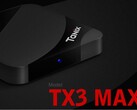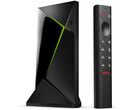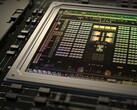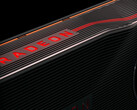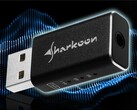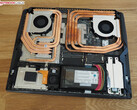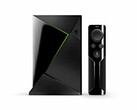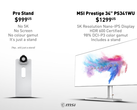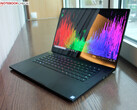ARM processors are routinely refreshed every year in the fast-moving mobile world. The Qualcomm Snapdragon, Samsung Exynos, MediaTek Helios, HiSilicon Kirin, and the Apple A series have newer and faster flagship SKUs almost every Holiday season to power the latest generation of smartphones. The odd one out, however, is Nvidia and its Tegra X1 SoC.
First unveiled at CES 2015 alongside the original Shield TV console, the Tegra X1 integrates the now ancient Nvidia Maxwell architecture for all its graphics needs. The chipmaker continues to produce this SoC despite its age for the latest consumer gadgets including the Nintendo Switch and even the supposed upcoming Shield TV refresh.
If this was any other company, the Tegra X1 would have been refreshed at least once or twice by now to remain competitive. In Nvidia's unique case, however, the Tegra X1 has carved itself such a comfortable niche in the market that the chipmaker has no real reason to rush out a proper successor. The Shield TV console continues to be a powerhouse in the Android TV world and a newer SoC wouldn't necessarily make it stream 4K content any faster than it already can. The fact that Nvidia quietly exited the crowded smartphone market after the Tegra 4 in 2013 means there has been essentially no competition for the Tegra series in years as well.
For what it's worth, Nvidia is still advancing its Tegra family with the Tegra X2 and beyond. The big asterisk is that these newer SoCs are not being designed for mobile consumer devices but instead for Jetson development kits and hi-tech cars. The chipmaker would thus have to repurpose the SoCs for set-top Android boxes and ultra low-power consoles. While this isn't an unlikely scenario, the lack of any competitive pressure in this space means Nvidia can take its time without losing any market share. We suspect that there will eventually be a newer and faster Tegra chip for general purpose gaming again in the near future should Nvidia continue its partnership with Nintendo.





